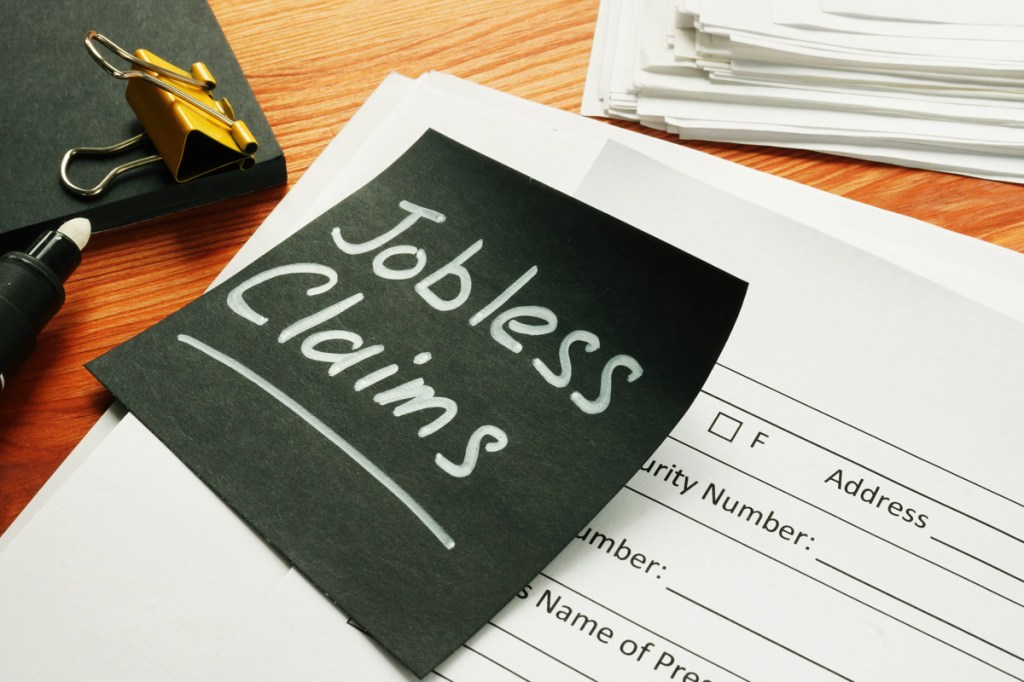Another 1.3 million people filed jobless claims last week, the lowest reading since the COVID-19 pandemic began slamming the U.S. economy in mid-March, and the overall number of Americans receiving unemployment benefits dipped.
Initial claims fell just 10,000 from the prior week, the Labor Department said on Thursday. Continuing claims, measuring people receiving weekly checks from state unemployment offices, fell to 17.3 million in the week ended July 4, a three-month low.
While the trend is downward, the slow pace has dismayed many economists who see it as indicating the recovery will not be the “V” shape many had hoped for.
“If you’re dropping in small increments every week, at that pace to get it down to any reasonable level is going to take quite a long time,” said Joel Naroff, president of Naroff Economics.
The U.S. economy is struggling as a resurgence of the pandemic has put reopening plans on hold. The nation reported a record 67,400 new infections on Tuesday, according to Johns Hopkins University data. That’s more than double the rate seen in April when governors shutdown states to try to stem the spread.
Florida had the biggest jump in jobless claims, with 62,467 people requesting unemployment benefits, almost doubling from the prior week, according to the Labor Department report. Georgia was No. 2, with an increase of 31,176 claims, and California was third, with an advance of 22,941.
There have been 3.5 million COVID-19 infections reported in the U.S., almost double the number seen in Brazil, the nation with the second-highest rate. While the U.S. has about 4.2% of the world’s population, on Thursday it had 24% of the globe’s reported fatalities, according to the Johns Hopkins data.
The U.S. unemployment rate probably will average 13% in the current quarter and drop to 9.3% in the third quarter, Fannie Mae said in a forecast last week. For 2020, the rate likely will average 8.6%, more than double 2019’s rate of 3.7%, according to the forecast.






